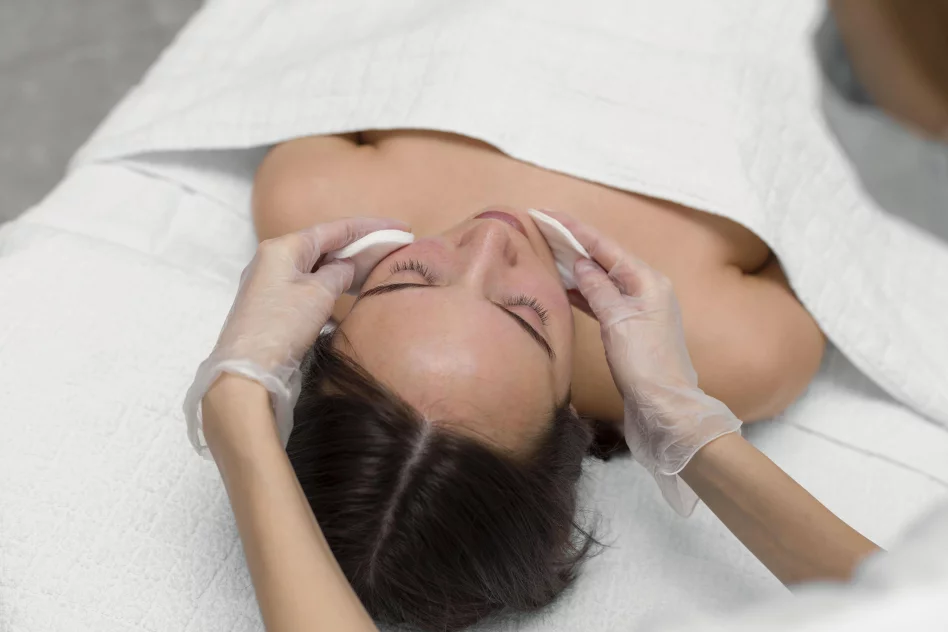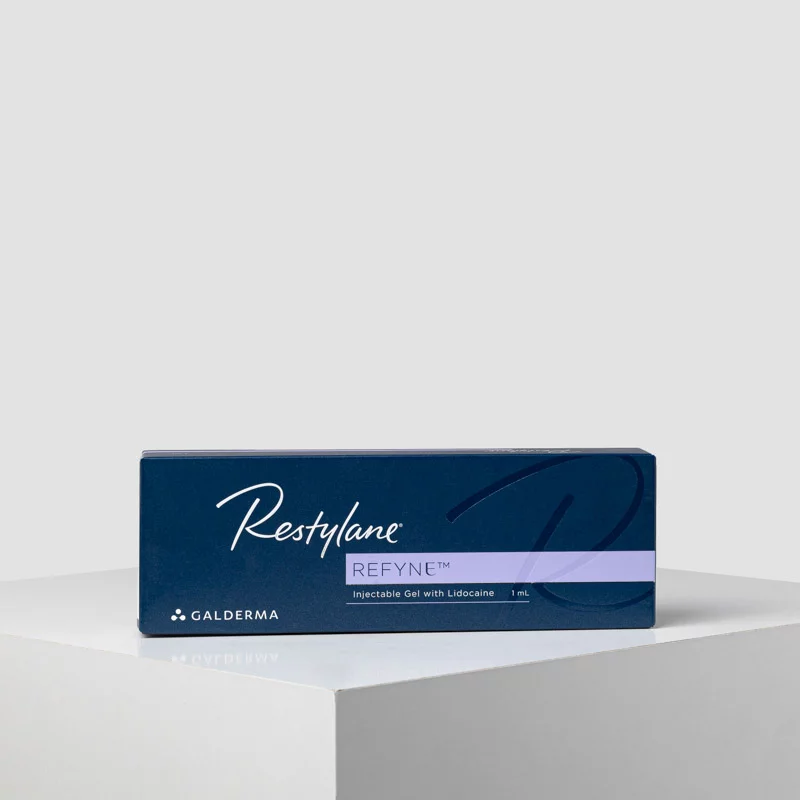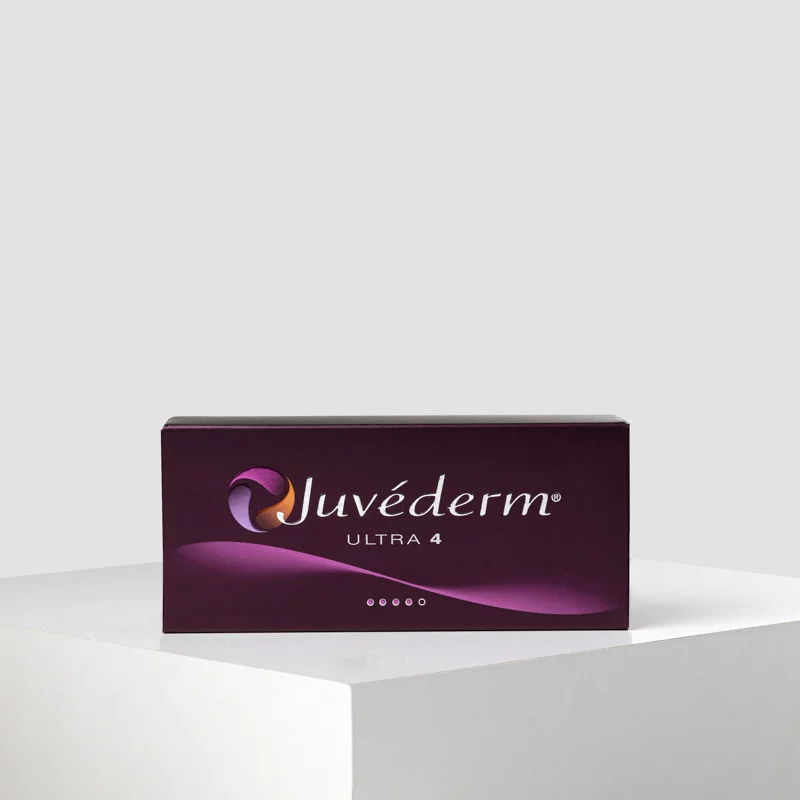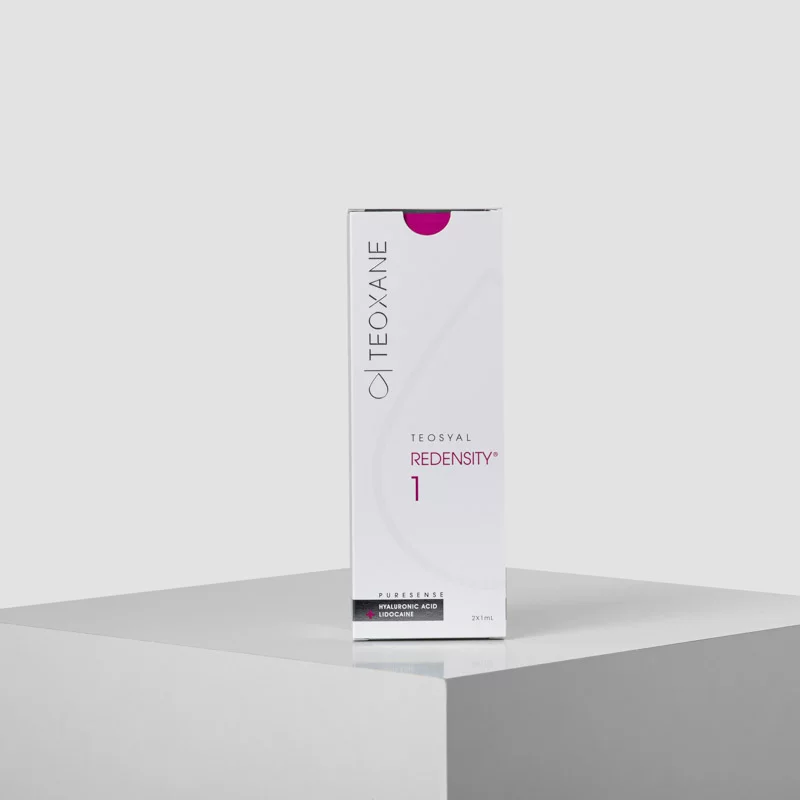-

- Author e-FILLERS Team
- Oct 15th, 2025
Anatomy Essentials: Key Vascular Landmarks for Safe Injection
.webp)
Introduction
A deep understanding of facial anatomy is the cornerstone of safe and effective filler treatments. While dermal fillers can provide natural, beautiful results, the risk of complications such as vascular occlusion or skin necrosis makes anatomical knowledge non-negotiable. For practitioners, knowing the key vascular landmarks is essential to prevent complications and ensure patient safety.
Why Vascular Knowledge Matters
Injecting in the wrong plane or too close to a critical vessel can lead to serious consequences, including tissue ischemia or even vision loss. By understanding where the main arteries and veins lie—and which “danger zones” to avoid—practitioners can minimize risks and build patient trust.
1. Glabella Region
Vessels at Risk: Supratrochlear and supraorbital arteries
Complications: High risk of blindness if filler is injected intravascularly here.
Safety Tip: Use minimal volumes, aspirate, and avoid deep bolus injections. Consider cannula use when appropriate.
2. Nasolabial Fold
Vessels at Risk: Facial artery and its branches (superior labial artery) run deep but can be variable.
Complications: Vascular occlusion, skin blanching, necrosis.
Safety Tip: Inject small aliquots in the superficial or deep plane, avoiding the midline danger zone.
3. Nose
Vessels at Risk: Dorsal nasal artery, angular artery.
Complications: One of the highest-risk areas for vascular compromise and vision-related complications.
Safety Tip: Use microbolus techniques, always aspirate, and consider cannula approaches for non-surgical rhinoplasty.
4. Lips
Vessels at Risk: Superior and inferior labial arteries.
Complications: Vascular occlusion leading to severe pain, blanching, or tissue loss.
Safety Tip: Stay in the correct injection plane (usually superficial), avoid overfilling, and monitor for blanching immediately.
5. Tear Trough
Vessels at Risk: Angular vein and infraorbital vessels.
Complications: Bruising, swelling, and in rare cases vascular compromise.
Safety Tip: Use cannula when possible, inject slowly, and place filler in the correct plane to avoid vessel compression.
6. Temple Region
Vessels at Risk: Superficial temporal artery and vein.
Complications: Hematoma or vascular occlusion.
Safety Tip: Deep supraperiosteal injections with small volumes are safer; avoid superficial boluses.
Safety Checklist for Practitioners
✔ Always aspirate before injection
✔ Inject slowly with minimal pressure
✔ Use cannulas in high-risk areas when possible
✔ Be prepared with hyaluronidase and emergency protocols
✔ Educate staff on recognizing early signs of occlusion
Conclusion
Safe injection isn’t just about technique—it’s about respecting the anatomy. By mastering the key vascular landmarks and adopting a cautious, evidence-based approach, practitioners can reduce risks while achieving excellent aesthetic results. Ongoing training and refresher courses in anatomy should be part of every injector’s professional development in 2026 and beyond.



.webp)






